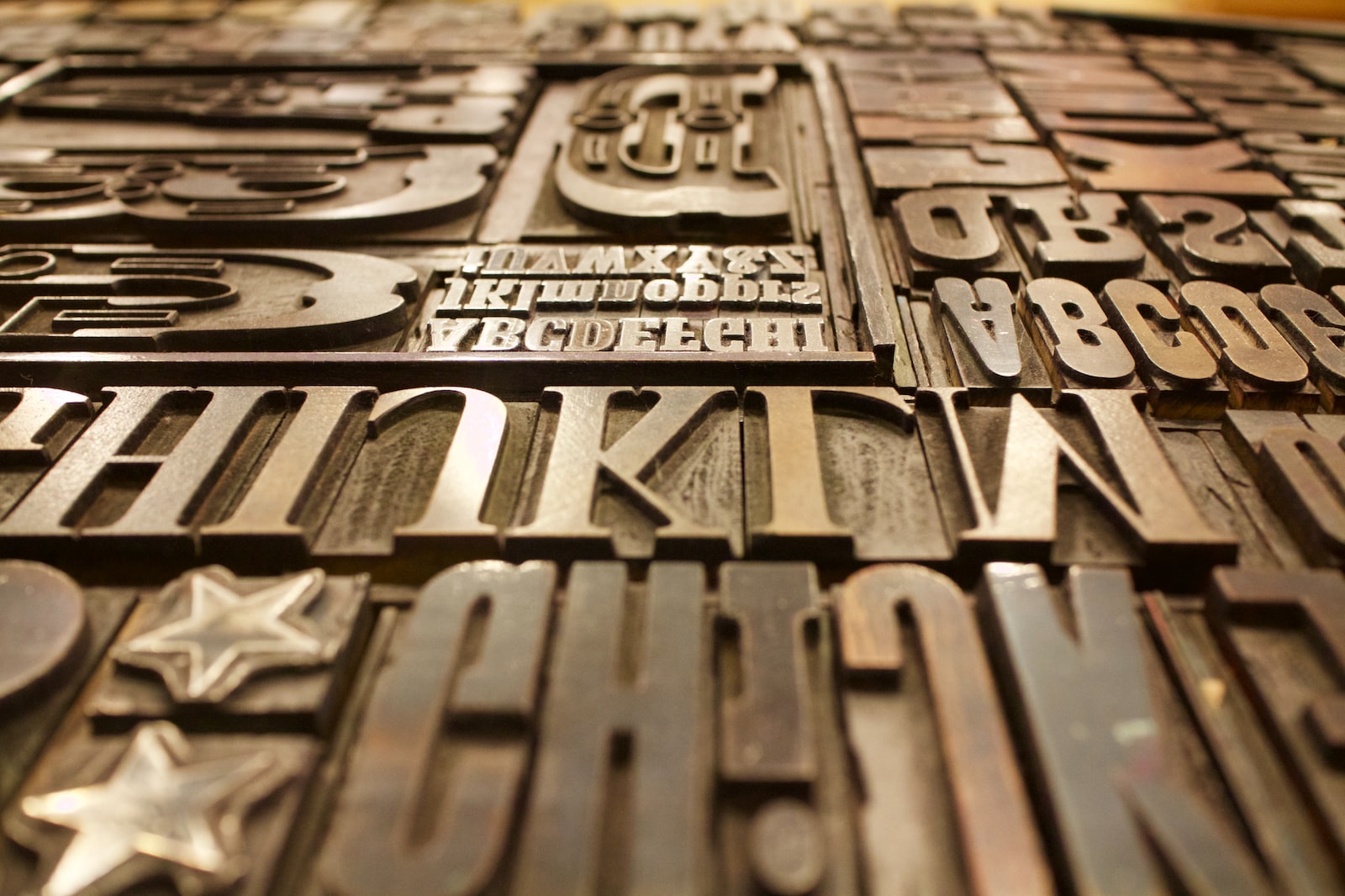Let’s dive into how to add custom fonts to WordPress without using any plugins.
Choose a Font
Originally, I was using a font called “Arrow” from DaFont. This actually ended up giving me problems later on, something I’ll cover later.
Convert to WOFF2 (if you need to)
Any font in the entire world. Just make sure it’s in a format that’s good for the web, like woff2. If your font isn’t already in woff2 format, there’s a really nifty command line tool to convert (compress, actually) your font into the preferred format before we get going.
sudo apt update
sudo apt install woff2Usage:
woff2_compress [path-to-font-file]This command will automatically compress the file to .woff2 and name it the same as your input filename and place it in the same directory.
Upload Font to Child Theme
I just put it in the root directory of my child theme, under /fonts
├── fonts
│ └── Almo_Andrea_FontlabARROW.woff2
├── functions.php
├── screenshot.png
├── style.css
└── theme.json
Enqueue Font
Enqueue your font inside functions.php like so:
function my_plugin_add_stylesheet() {
wp_register_style( 'arrowFont', get_stylesheet_directory_uri() . '/fonts/Almo_Andrea_FontlabARROW.woff2');
wp_enqueue_style( 'arrowFont' );
}
add_action( 'wp_enqueue_scripts', 'my_plugin_add_stylesheet' );Typically, in the past, you’d have to call a @font-face rule in your CSS in order to assign that font to various elements. Additionally, if you’re using a child theme to handle your fonts, in the past, you’d have to make rules for how to implement your custom fonts in addition to your @font-face rule. However, as of WordPress 5.9, the @font-face rule is actually handled via theme.json.
Add Font To Any/All Blocks via theme.json
In my case, I’m riffing off of the TwentyTwentyTwo theme, so in my child theme, I just copied over the theme.json file to make my modifications. In my case, I’m looking for where the default font is registered. I found it around like 170, but it’s gonna look something like this:
"typography": {
"dropCap": false,
"fontFamilies": [
{
"fontFamily": "-apple-system,BlinkMacSystemFont,\"Segoe UI\",Roboto,Oxygen-Sans,Ubuntu,Cantarell,\"Helvetica Neue\",sans-serif",
"name": "System Font",
"slug": "system-font"
},
{
"fontFamily": "\"Source Serif Pro\", serif",
"name": "Source Serif Pro",
"slug": "source-serif-pro",
"fontFace": [
{
"fontFamily": "Source Serif Pro",
"fontWeight": "200 900",
"fontStyle": "normal",
"fontStretch": "normal",
"src": [ "file:./assets/fonts/source-serif-pro/SourceSerif4Variable-Roman.ttf.woff2" ]
},
{
"fontFamily": "Source Serif Pro",
"fontWeight": "200 900",
"fontStyle": "italic",
"fontStretch": "normal",
"src": [ "file:./assets/fonts/source-serif-pro/SourceSerif4Variable-Italic.ttf.woff2" ]
}
]
}
],In this section, you’ll want to update everything that needs to change to match what you’ve got going on in your child theme and whatever font you’ve chosen. In my case, I’ve updated “fontFamily”, “name”, “slug”, “src” and the “font-face” to match my font and child theme file paths.
Once you’ve updated everything under “typeography”, now you can move on and update the “name” value for each of the blocks you want to use the new font on. By default the headers get their own font and it’s specified by the css variable var(--wp--preset--font-family--source-serif-pro). I changed the last bit with the slug that I set for my font, so my slug was arrow. My modifications looked like so:
"styles": {
"blocks": {
"core/button": {
"border": {
"radius": "0"
},
"color": {
"background": "var(--wp--preset--color--primary)",
"text": "var(--wp--preset--color--background)"
},
"typography": {
"fontSize": "var(--wp--preset--font-size--medium)"
}
},
"core/post-title": {
"typography": {
"fontFamily": "var(--wp--preset--font-family--arrow)",
"fontWeight": "300",
"lineHeight": "var(--wp--custom--typography--line-height--tiny)",
"fontSize": "var(--wp--custom--typography--font-size--gigantic)"
}
},Just keep updated the last part of that variable until you’ve changed all the blocks you’re trying to target with your new font. That’s it! Hope this helped someone.
Potential Issues: Font Weight
Something I’d like to note when you add custom fonts to WordPress… When you define your font inside of your theme.json, you’re required two things in order to register a font. From my understanding, these two requirements to register a font are actually coming from the CSS rule @font-face which requires a font family and a font weight attribute.
If you were like me, and using a custom font that didn’t specify different weights within the font file itself, this can potentially be an issue. If @font-face can’t detect a font weight within the file inside of your src, then it won’t load the font and will use some default system fallback.
To fix and/or avoid this issue, be sure to use a font that defines at least one font weight, and be sure to match that particular font weight within your @font-face call inside theme.json
